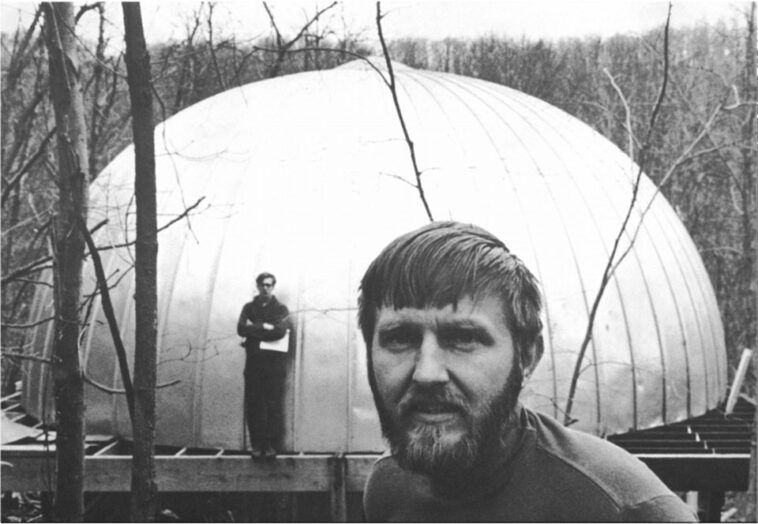Stan Vanderbeek, born on January 6, 1927, and passing away on September 19, 1984, was no ordinary figure in the world of American cinema. He wasn't someone you'd associate with blockbuster Hollywood films. Instead, Vanderbeek was a trailblazer in the realm of experimental filmmaking, pushing the boundaries of what could be done with a camera, a reel, and a creative mind.
Early Life and Background
Stan Vanderbeek was born in New York City, a hub of art and culture that no doubt played a role in shaping his artistic inclinations. The city itself is often considered a melting pot of creative energies, offering a rich tapestry of influences that could stimulate any artistic mind.
Educational Journey
Stan Vanderbeek's education was deeply rooted in art and design. He attended the prestigious Cooper Union for the Advancement of Science and Art in New York City. His time there allowed him to explore various artistic mediums and techniques. This exposure to diverse forms of art and technology undoubtedly fueled his passion for experimental cinema.
Contributions to Experimental Filmmaking
Stan Vanderbeek's contributions to experimental film are nothing short of groundbreaking. While conventional filmmakers relied heavily on narrative and linear storytelling, Vanderbeek took a different path. He was more interested in exploring the untapped potentials of film as an art form. His works often defied traditional cinematic norms, incorporating elements of surrealism, abstract art, and even animation.
For example, one of his most famous works, "Science Friction," broke away from traditional storytelling techniques. Instead of a linear narrative, the film was a collage of different visual elements and sound bites, creating a surreal and abstract experience for the viewers.
Technological Innovations
Not just a filmmaker, Vanderbeek was also an innovator who explored the use of emerging technologies in his work. He experimented with computer-generated imagery long before it became a staple in modern cinema. Vanderbeek was fascinated by the endless possibilities that technology could offer to artists, and he was not afraid to experiment and integrate these into his films.
Legacy and Influence
Stan Vanderbeek's influence stretches far beyond the circle of experimental filmmakers. He has inspired a new generation of artists, filmmakers, and thinkers who are keen to push the boundaries of traditional art and cinema. His work laid the groundwork for many of the avant-garde movements that followed, making him a seminal figure in the history of American art and experimental film.
Death and Posthumous Recognition
Stan Vanderbeek left the world on September 19, 1984, but his legacy lives on. His works have been preserved and are often showcased in art galleries, film festivals, and educational institutions. He has posthumously received numerous awards recognizing his contributions to the art and film industry.
Key Takeaways
- Stan Vanderbeek was a groundbreaking American experimental filmmaker born on January 6, 1927, and passed away on September 19, 1984.
- He was born in New York City and educated at Cooper Union, where he was exposed to a diverse array of artistic forms and techniques.
- Vanderbeek was known for defying traditional cinematic norms and experimenting with different forms and technologies in his work.
- His contributions have left an indelible mark on the world of art and experimental film, inspiring future generations of artists and filmmakers.
- Despite his passing, his work continues to be celebrated and studied, solidifying his status as a seminal figure in American art and cinema.
In essence, Stan Vanderbeek was more than just a filmmaker; he was a visionary who dared to think outside the box, challenge existing norms, and redefine what film could be as an art form.





